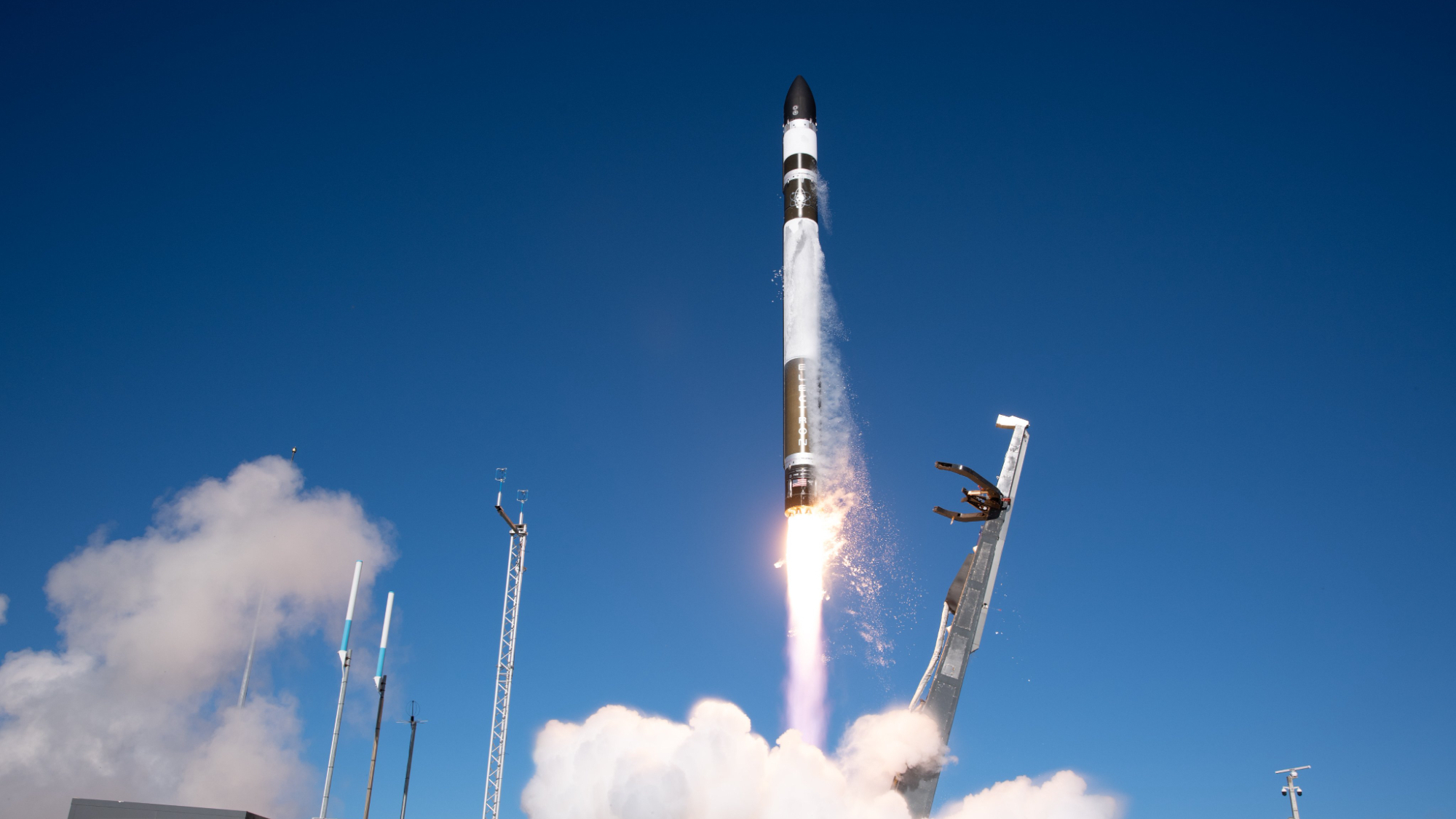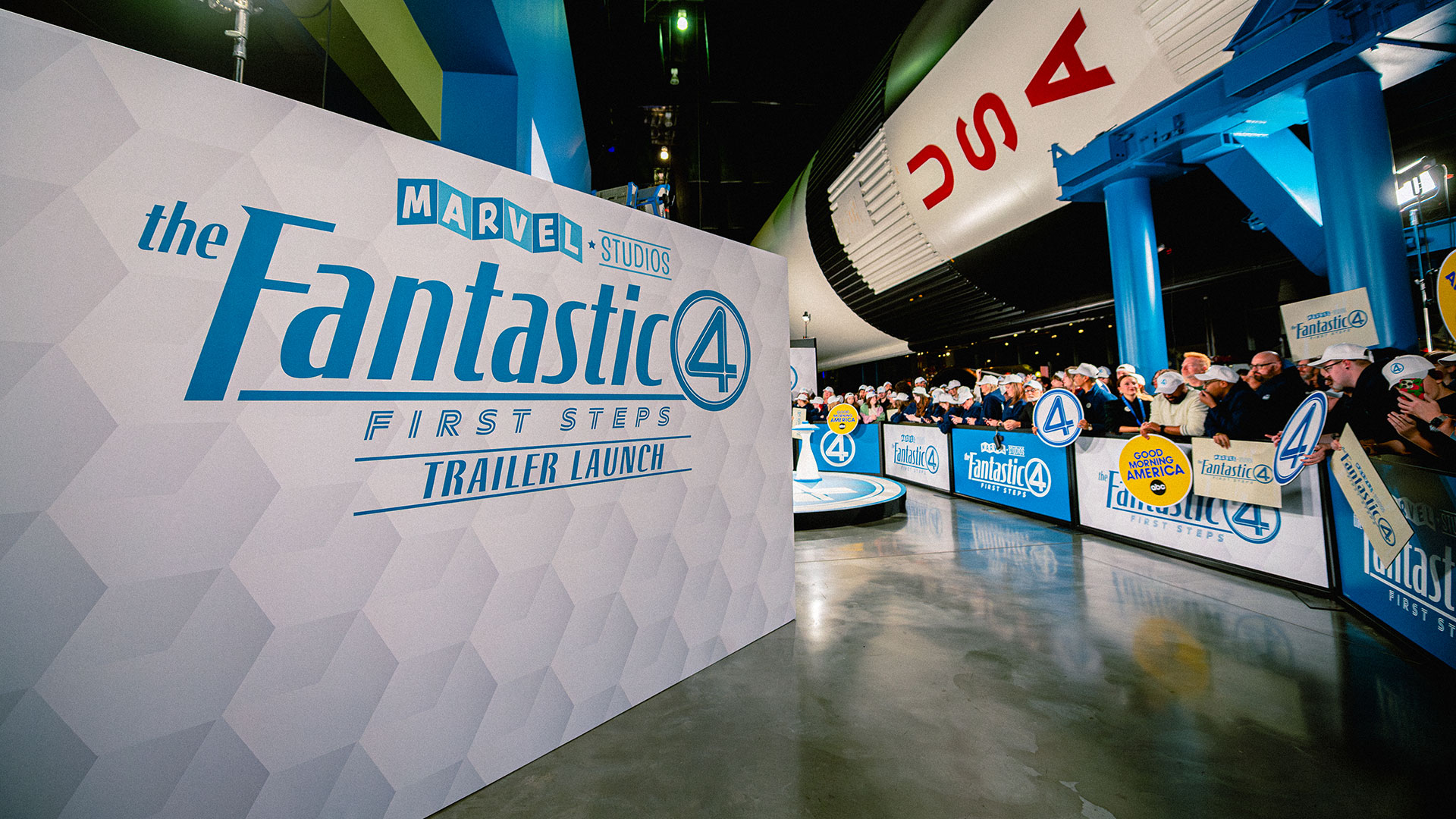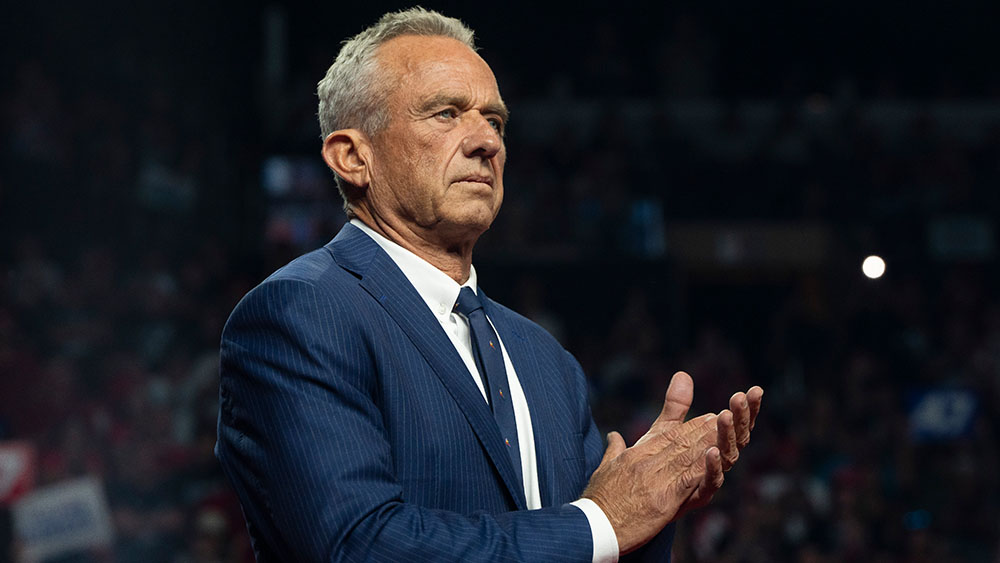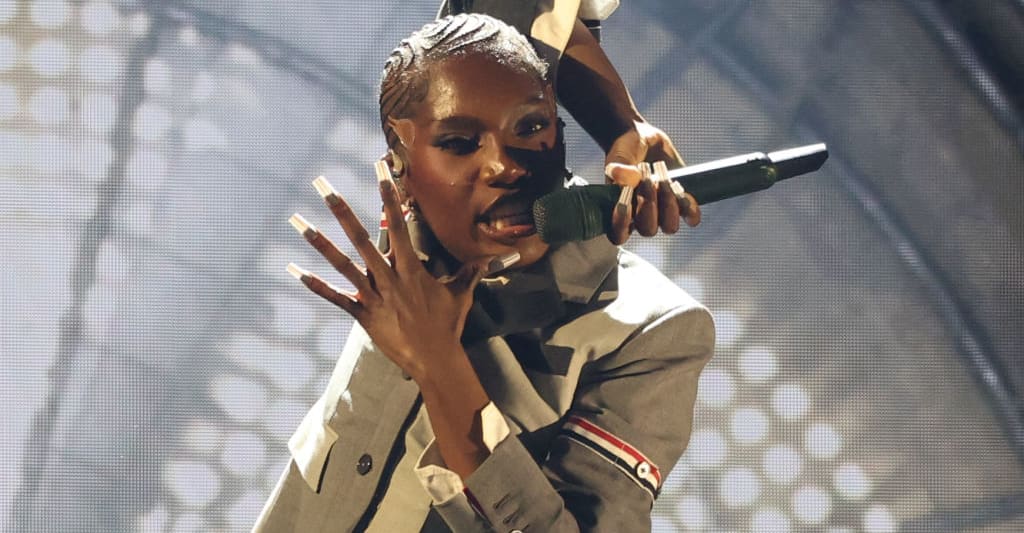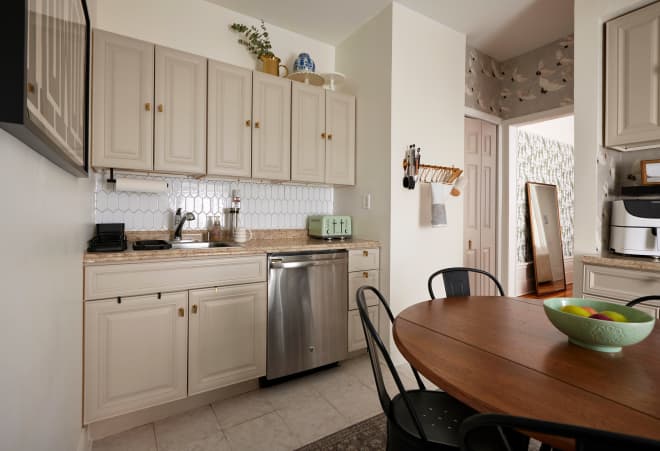Which PC components should you upgrade first?
The main processor (CPU, “Central Processing Unit”), the main memory (RAM, “Random-Access Memory”), and the dedicated graphics card with its graphics processor (GPU, “Graphics Processing Unit”) are central components of a PC. In order to maintain the performance of the system and to be able to run current applications and games smoothly, it is often necessary to upgrade these over time. So, which components of a desktop PC should be upgraded first and most frequently? Which upgrade delivers the greatest increase in performance and what costs can be expected? In this guide, we’ll explain what you should definitely look out for in future upgrades. Further reading: Are modern PC games badly optimized or is it just time to upgrade? Priority 1: The graphics card The graphics card, consisting of the graphics processor, graphics memory, and memory interface, has long since overtaken the processor and is now often the most important component for the overall performance of a PC, especially in performance-intensive applications and games. At the same time, graphics architectures are developing so rapidly that regular upgrades have become indispensable in demanding scenarios. This is particularly true in the areas of gaming, multimedia, application acceleration, and AI workflows. Here modern graphics processors are far superior to the main processor and significantly more efficient thanks to their very high parallelization with currently up to 16,384 streaming multiprocessors (GeForce RTX 4090) and their particularly fast graphics memory of up to 24 gigabytes. Game and application developers have also recognized that their programs can be accelerated efficiently using the computing units of modern graphics processors. As a result, the demands on graphics cards are constantly increasing. Hardly any other component of a desktop PC ages as quickly as the graphics card. As a rule, an upgrade is required at the latest with every second generation leap in order to remain “state of the art” as a user and to optimally accelerate the latest games, productive software, or applications in the field of artificial intelligence (AI). But this increase in performance comes at a price. Costs to be expected As things stand, users planning to upgrade their graphics card can expect the following costs in the various performance classes. Entry-level: $250 – $350 Mid-range: $400 – $650 High-end: $700 – $2,000 As a rule, these costs need to be budgeted for every two to three years, as manufacturers launch a new generation of graphics cards with improved graphics architecture and enhanced features on the market every year. Due to their complexity and their central role as the most powerful component of a desktop PC, graphics cards are among the most expensive components today, which is why the highest costs are also to be expected here. Priority 2: The main processor Although the main processor has now clearly had to cede its exceptional position to the graphics card, the CPU remains an absolutely essential component of every PC and must also be fast enough to supply a fast graphics unit with sufficient data. If this is not the case, we are talking about a CPU limit and then an upgrade is unavoidable, as otherwise resources will be wasted. New technical developments are constantly bringing significant performance increases in certain areas. One example of this is the 3D V-Cache of the Ryzen 5000X3D (“Vermeer-X”), Ryzen 7000X3D (“Raphael-X”), and Ryzen 9000X3D (“Granite Ridge-X”), which significantly improves performance in games. In such cases, it may also make sense to upgrade the main processor in order to benefit from the new technologies and further optimize the overall performance of the system. Users who have a modern processor from the current generation AMD Ryzen 7000 and Ryzen 9000 or Intel Core-i–13000, Core-i-14000, and Core Ultra can generally sit back and relax and only need to plan for a CPU upgrade every four to five years. With a modern CPU, two to three generations of graphics cards can usually be used without any problems and even if an upgrade is due, the costs are usually limited. Entry-level: $50 – $100 Mid-range: $200 – $400 High-end: $500 – $800 For example, gamers who opt for the fastest gaming processor by far at the moment, the AMD Ryzen 7 9800X3D, which has a retail price of $479, can easily get by for years without a CPU upgrade. Priority 3: The RAM RAM is also an essential component of any desktop PC, but it is the least likely of all the main components to need upgrading if the current memory configuration has been selected appropriately for personal use case and workflows. An office PC now has at least 8 gigabytes of RAM while a gaming PC is usually equipped with 16 to 32 gigabytes of main memory. A RAM upgrade usually goes hand in hand with a platform change when users switch to a new processor after several years and have

The main processor (CPU, “Central Processing Unit”), the main memory (RAM, “Random-Access Memory”), and the dedicated graphics card with its graphics processor (GPU, “Graphics Processing Unit”) are central components of a PC. In order to maintain the performance of the system and to be able to run current applications and games smoothly, it is often necessary to upgrade these over time.
So, which components of a desktop PC should be upgraded first and most frequently? Which upgrade delivers the greatest increase in performance and what costs can be expected? In this guide, we’ll explain what you should definitely look out for in future upgrades.
Further reading: Are modern PC games badly optimized or is it just time to upgrade?
Priority 1: The graphics card
The graphics card, consisting of the graphics processor, graphics memory, and memory interface, has long since overtaken the processor and is now often the most important component for the overall performance of a PC, especially in performance-intensive applications and games. At the same time, graphics architectures are developing so rapidly that regular upgrades have become indispensable in demanding scenarios.
This is particularly true in the areas of gaming, multimedia, application acceleration, and AI workflows. Here modern graphics processors are far superior to the main processor and significantly more efficient thanks to their very high parallelization with currently up to 16,384 streaming multiprocessors (GeForce RTX 4090) and their particularly fast graphics memory of up to 24 gigabytes.
Game and application developers have also recognized that their programs can be accelerated efficiently using the computing units of modern graphics processors. As a result, the demands on graphics cards are constantly increasing.
Hardly any other component of a desktop PC ages as quickly as the graphics card. As a rule, an upgrade is required at the latest with every second generation leap in order to remain “state of the art” as a user and to optimally accelerate the latest games, productive software, or applications in the field of artificial intelligence (AI). But this increase in performance comes at a price.
Costs to be expected
As things stand, users planning to upgrade their graphics card can expect the following costs in the various performance classes.
- Entry-level: $250 – $350
- Mid-range: $400 – $650
- High-end: $700 – $2,000
As a rule, these costs need to be budgeted for every two to three years, as manufacturers launch a new generation of graphics cards with improved graphics architecture and enhanced features on the market every year. Due to their complexity and their central role as the most powerful component of a desktop PC, graphics cards are among the most expensive components today, which is why the highest costs are also to be expected here.
Priority 2: The main processor
Although the main processor has now clearly had to cede its exceptional position to the graphics card, the CPU remains an absolutely essential component of every PC and must also be fast enough to supply a fast graphics unit with sufficient data. If this is not the case, we are talking about a CPU limit and then an upgrade is unavoidable, as otherwise resources will be wasted.
New technical developments are constantly bringing significant performance increases in certain areas. One example of this is the 3D V-Cache of the Ryzen 5000X3D (“Vermeer-X”), Ryzen 7000X3D (“Raphael-X”), and Ryzen 9000X3D (“Granite Ridge-X”), which significantly improves performance in games. In such cases, it may also make sense to upgrade the main processor in order to benefit from the new technologies and further optimize the overall performance of the system.
Users who have a modern processor from the current generation AMD Ryzen 7000 and Ryzen 9000 or Intel Core-i–13000, Core-i-14000, and Core Ultra can generally sit back and relax and only need to plan for a CPU upgrade every four to five years.
With a modern CPU, two to three generations of graphics cards can usually be used without any problems and even if an upgrade is due, the costs are usually limited.
- Entry-level: $50 – $100
- Mid-range: $200 – $400
- High-end: $500 – $800
For example, gamers who opt for the fastest gaming processor by far at the moment, the AMD Ryzen 7 9800X3D, which has a retail price of $479, can easily get by for years without a CPU upgrade.
Priority 3: The RAM
RAM is also an essential component of any desktop PC, but it is the least likely of all the main components to need upgrading if the current memory configuration has been selected appropriately for personal use case and workflows. An office PC now has at least 8 gigabytes of RAM while a gaming PC is usually equipped with 16 to 32 gigabytes of main memory.
A RAM upgrade usually goes hand in hand with a platform change when users switch to a new processor after several years and have to switch from DDR4 to DDR5, for example. The costs are also kept within limits.
- 16 gigabytes of DDR5 RAM: $40 – $80
- 32 gigabytes of DDR5 RAM: $150 – $250
- 64 gigabytes of DDR5 RAM: $250 – $450
- 128 gigabytes of DDR5 memory: $500 – $800
Only with high-end desktop PCs (“HEDT”) and professional workstation PCs, which are usually equipped with 128 gigabytes and more of fast DDR5 RAM, can a RAM upgrade be quite expensive. But here, too, the upgrade will give you peace of mind for years to come.
Priority 4: SSDs, HDDs and more
Both in terms of cost and frequency of upgrades, fixed storage devices such as SSDs and classic hard disc drives (HDDs) as well as other components such as housings, power supply units, mainboards, and peripherals only make up a small proportion these days. These parts can accompany the user over several generations of CPUs and GPUs without having to be replaced regularly.
In this area, upgrades are usually only made when necessary–for example, when the memory space for the system, games, and applications is no longer sufficient or the existing power supply unit is no longer large enough to supply the new CPU and GPU.

















_Agata_Gładykowska_Alamy.jpg?#)






